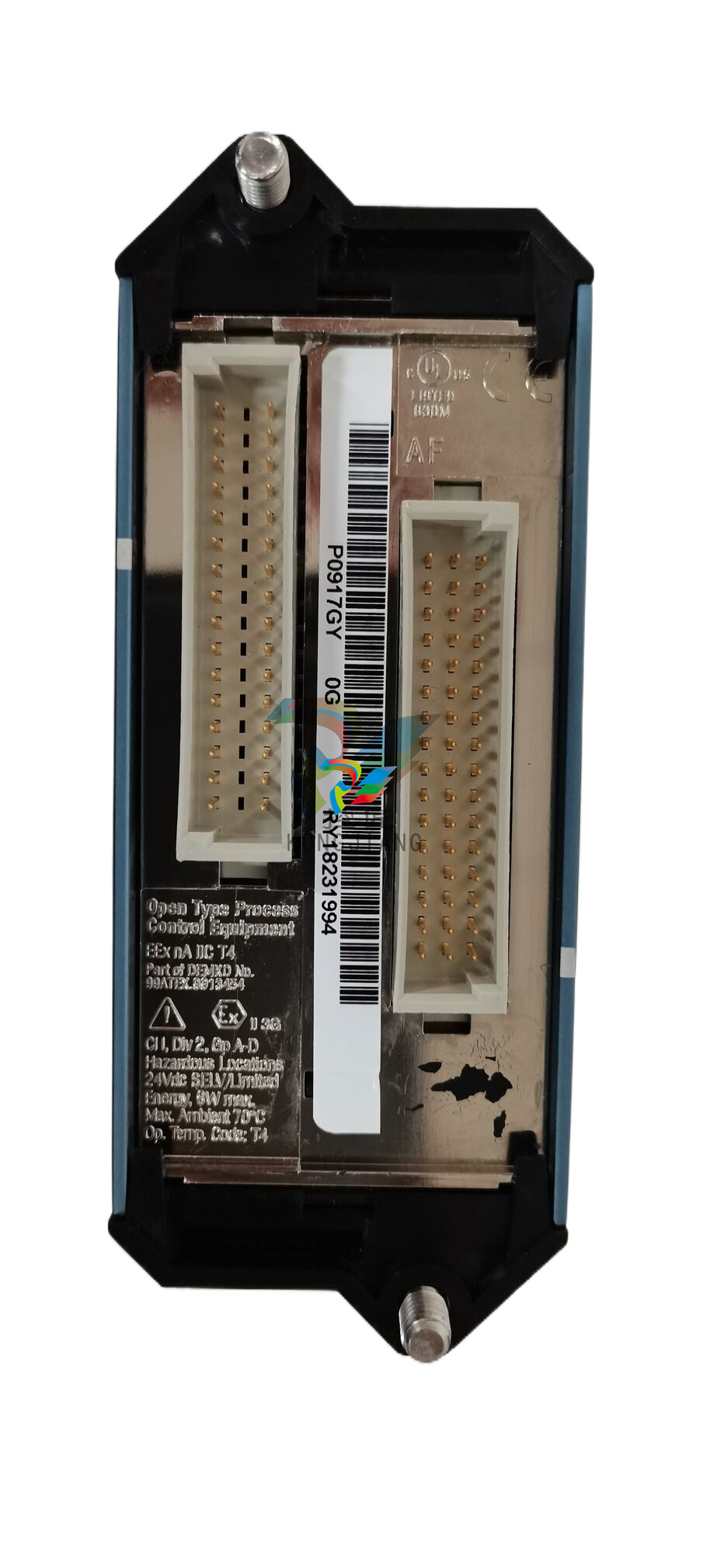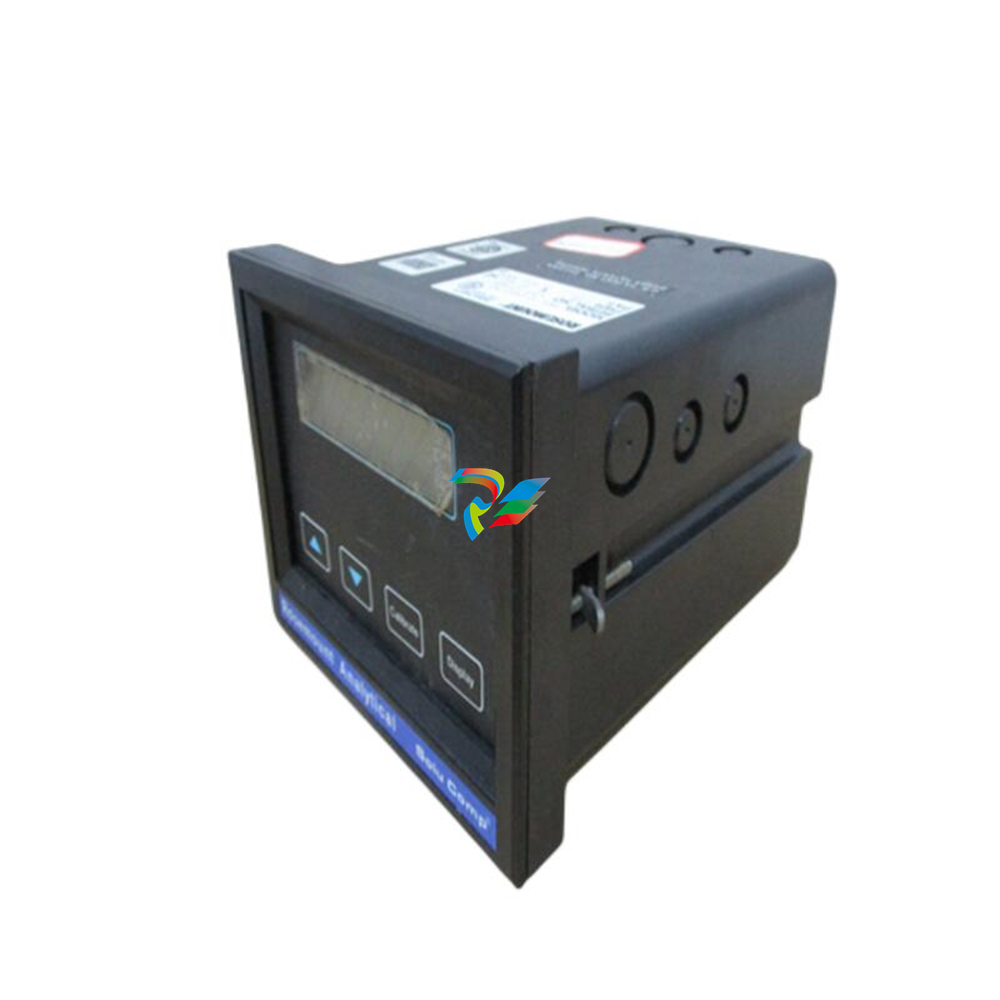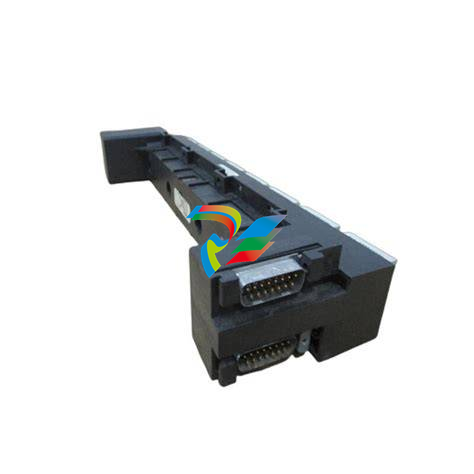
What Is Snell’s Window?
Snell’s Window: most of us have seen it but likely have no idea what it is. This natural spectacle of light makes for some spectacular viewing when you are below the water’s surface.
What Is Snell’s Window?
If you were to look up from beneath the surface of a pool, sea, or lake, you’d see a clear circular bubble in the water through which you can observe the sky and all that’s happening above it.
This see-through bubble, resembling a giant fish-eye lens surrounded by an opaque, bluish veil, is what we call Snell’s Window.

What Causes Snell’s Window?
Snell’s Window is rooted in Snell’s Law, named after the Dutch mathematician Willebrord Snell. According to Snell’s law, when light travels from air into water, its speed decreases due to water’s higher index of refraction (n = 1.333) compared to air (n = 1.00027).
This causes the light to bend continuously towards the normal line at the water’s surface until it reaches a maximum angle of refraction (48.6 degrees from the vertical).
Beyond this, light is subject to total internal reflection. It can’t escape into the air, and the outcome is a Snell’s Window.
What Else to Know About Snell’s Window
One of the most interesting things about Snell’s Window is that it looks the same no matter how deep you are underwater. This is attributed to the angle at which light enters the water and not the water’s depth.
Snell’s Law has practical applications, and it is used in optical devices like eyeglasses, contact lenses, and cameras to correct and manipulate light.
Instruments like refractometers are also based on Snell’s Law and come in handy in industries as diverse as candy-making, cosmetics, brewing, and chemical production for measuring the refractive index of liquids.
Image Credit: Shutterstock.com / Pere Grau













































.jpg)
.jpg)
.jpg)





.jpg)



.png)
.jpg)

.jpg)
_lVjBYb.jpg)

.jpg)
.jpg)



.jpg)
.jpg)







.jpg)

.jpg)
.jpg)











.jpg)




.jpg)
.jpg)
.jpg)
.jpg)
.jpg)
.jpg)

.jpg)

.jpg)
.jpg)
.jpg)






.jpg)


.jpg)






